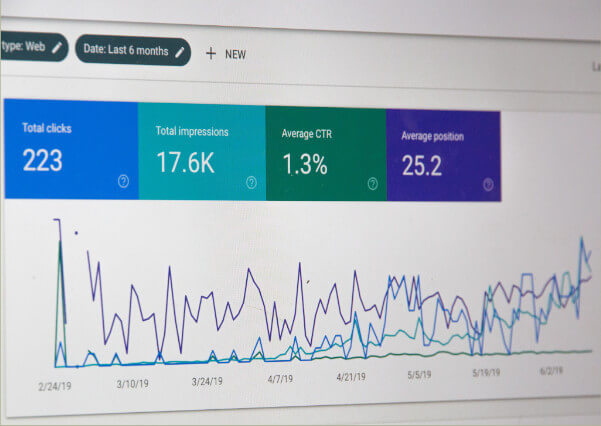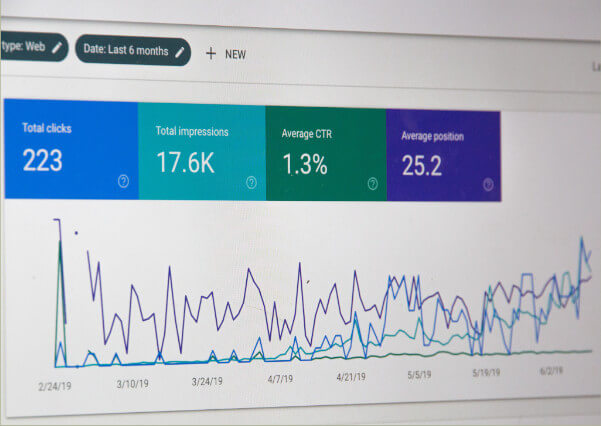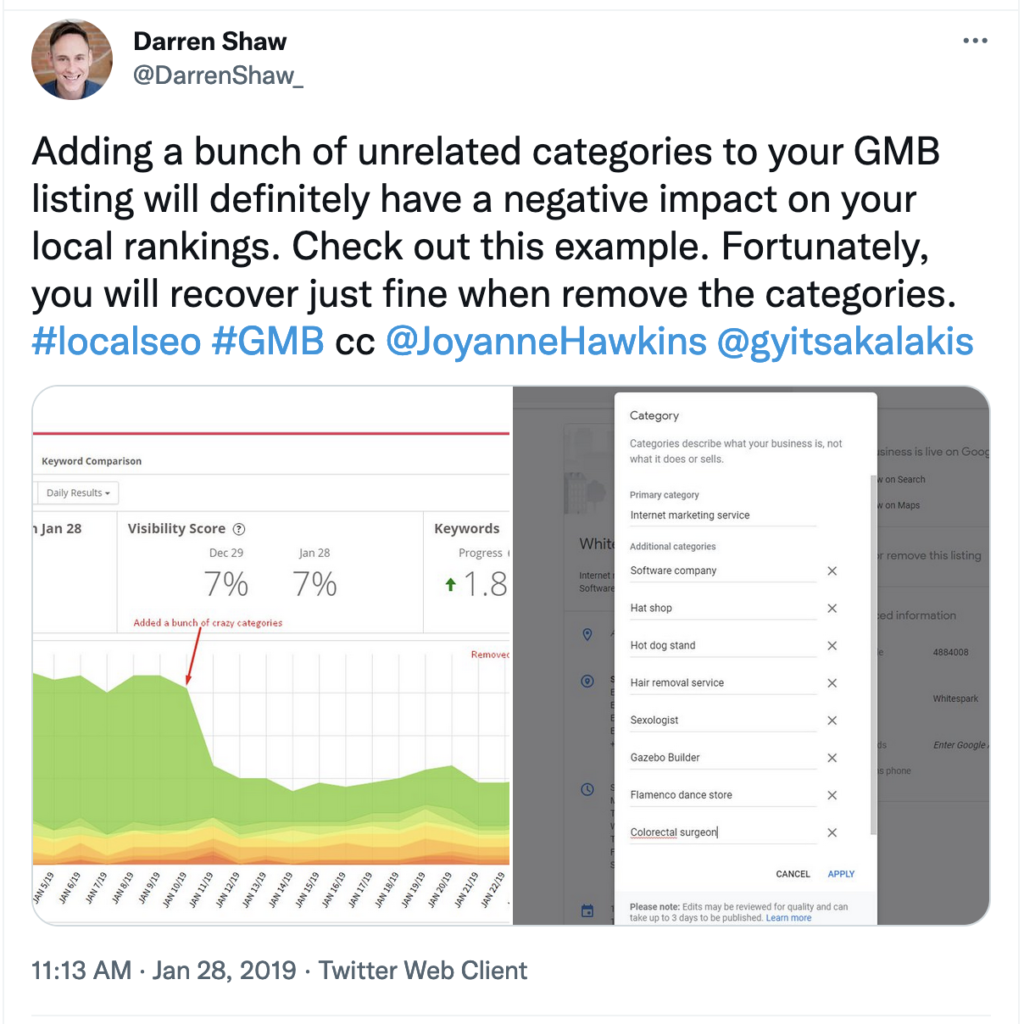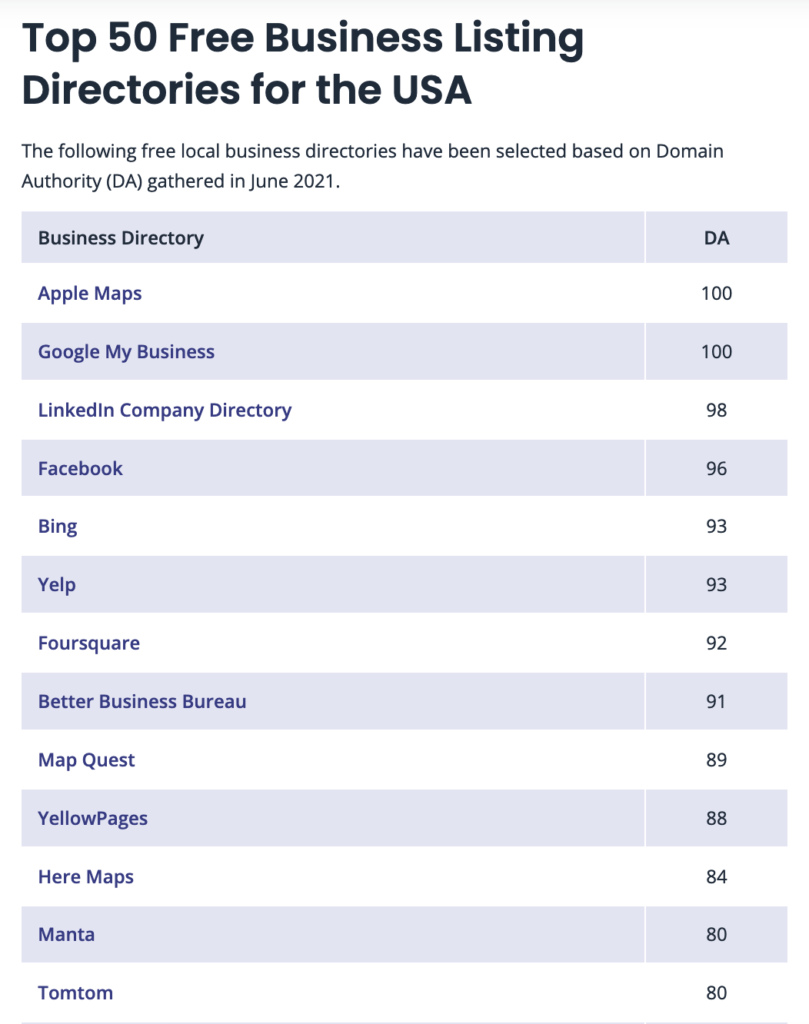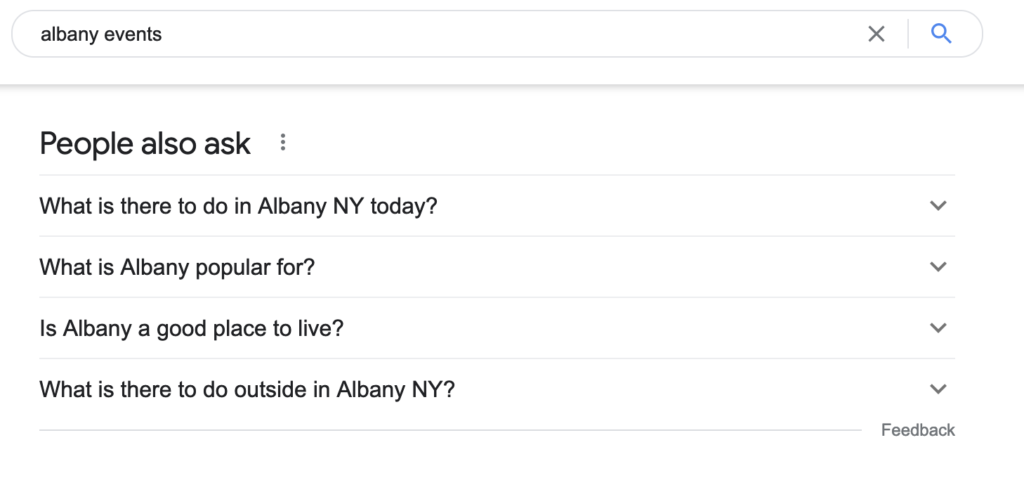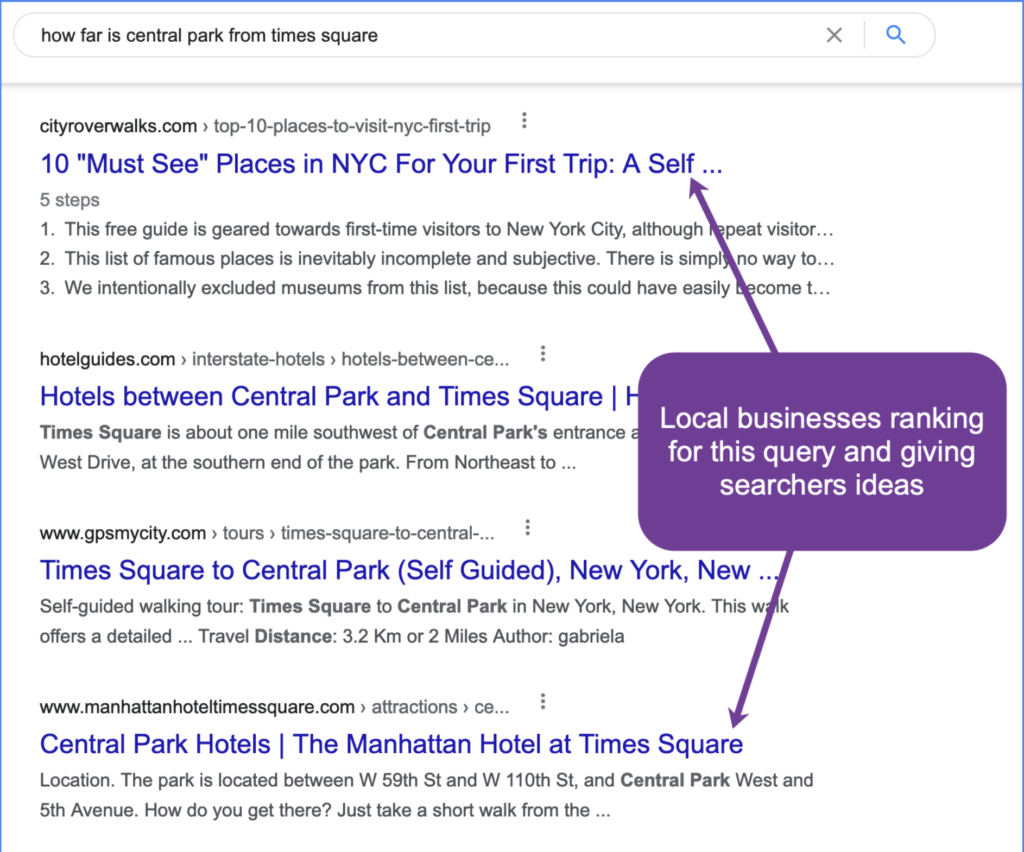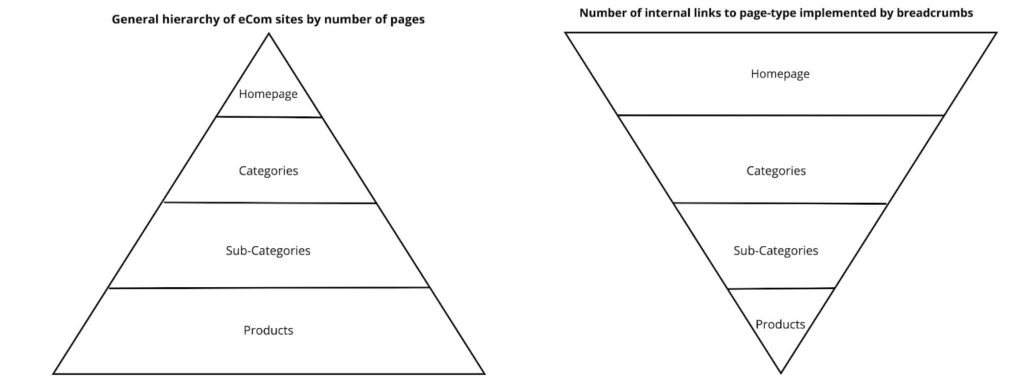
30-second summary:
Google’s Multitask Unified Model (MUM) update landed in June 2021, seeking to deliver search results that overcome language and format barriers to deliver an improved search experienceThe Google MUM update uses an innovative solution that accesses a wealth of previously hidden information around a core query, providing more of what we want without having to carry out multiple different searchesGoogle MUM can understand and translates 75 different languages, including text and imagesMUM will see us bid farewell to BERT
They say Mum always knows best but can the same be said for Google’s MUM update? Giant search engine, Google, launched their latest update as the answer we have been looking for to make internet searching more intuitive and inclusive.
But what does this mean for website owners, SEO practitioners, and agencies providing marketing services?
What is Google’s MUM update?
The Google Multitask Unified Model (MUM) update, aims to answer modern search demands by using an AI-powered algorithm to improve online search capability. When searching the internet, contradictory to expectations users are faced with multiple searches, geographical, and language barriers due to a lack of intuition on the search engine.
Google’s MUM will remove the need to carry out multiple searches that users currently do in order to compare and gain deeper insights. It has the ability to understand and bring solutions based not just on textual content but also an interpretation of images, videos, and podcasts in a way that was never possible before.
It understands 75 different languages which implies that it can pool and serve results to give users the most holistic and comprehensive search experience, answering even the most complex queries.
Google MUM will redefine search relevance changing the way people accesses and use information across the world wide web. This however, needs to be taken with a pinch of salt that not all content can be trusted and would eventually boil down to user discretion.
The MUM update means searches will serve information that provides helpful, related insights, and will reach further for these sources than any other search engine update before it.
Google believes that the MUM update is the answer.
Although in its early days the algorithm will continue to see iterations but it certainly looks to be an exciting move that Google is committed to build on. How? Google intends to follow these in order to ensure they can make it “the world’s best MUM” and remove any machine learning biases:
Human feedback from raters using the Search Quality Rater Guidelines will help understand how people find informationSimilar to 2019’s BERT update, MUM too will undergo the same process applied to Google search modelsApplying learnings from their latest research on how to reduce the carbon footprint of large neural network training systems to ensure search continues to function as efficiently as possible
Why MUM matters
MUM interprets meaning in a people-friendly way, breaking down language barriers to provide us with the most comprehensive search engine capability ever.
It’s fast, far-reaching, and thorough as compared to any previous search engine update. This matters in a world where users want detailed, relevant, and accurate answers in seconds – anywhere, anytime.
This will remove silos in search dropping all the veils of language barriers and lack of intuition. It will view user queries, questions and comparison needs from all angles reducing the time we spend trying to find the right answers to elicit what we need.
For a long time, keywords and SEO content have been a critical part of how information is served and how it needs to match intent. Over recent years whilst this has remained important to draw attention to specifics, it has changed slightly to be more phrase friendly, finding keywords used in a more natural context. This certainly benefits the MUM search algorithm. It can provide nuanced answers to questions, using NLP, and in-depth world knowledge to gather additional information supplements by a mix of formats – text, images, or even video and audio in the future.
The benefits of MUM
Its ability to think beyond the question or statement will tap into multiple dimensions of the SERP and SEO as a result. Users, businesses, and content creators are being encouraged to say goodbye to the “exact response days” and tap into the user intent and journey that is layered, complex, and sometimes more generalized.
Google MUM’s AI smarts will be another piece in mastering and understanding user intent and thought processes.
Imagine wanting to travel to a country and the questions you currently have to ask to find all you need to know. Firstly, you might wonder how you get there. Then you may search for where to stay, what’s in the area, for visas or vaccinations required and perhaps a bit about the weather and activities available. The list goes on and so does the time taken to search and sift through results.
We now want more, right away, and Google MUM is the beginning of meeting these needs.
Eliminating language barriers
MUM will find results in other languages, opening up a treasure chest of local and more insightful information than any previous Google search technology has ever offered. It aims to become your very own expert and translator, with the added value that you can expect from an enthusiastic human – succinctly delivered, plentiful detailed, and readily given in a language you understand, just like engaging with a human expert.
Searches are no longer inhibited by the words we choose. People can elicit more specific answers to questions by including an image, video or web page in our search. This ensure greater access to international content that previous search engines would not have recognized.
This breaking down of language barriers will allow users, SEOs, and businesses to see more localized insights and responses. On the SEO and digital marketing front, this also means – more competition! Local people create many reviews on areas or facilities, yet we currently miss what could be the best answer to our review style questions due to language barriers.
Unless users search sufficiently and widely using local terms, spellings or language nuances, they never discover pieces of information that would be an integral part of decision making.
Making multi-modal matter
While MUM will know it all (hopefully) since it uses the T5 text-to-text framework and is 1,000 times more powerful than BERT. We will still see answers to straightforward questions. But the ones that are less simple or don’t have a straight answer will flourish with this multi-modal approach. Imagine, what if the answer lies in an image that could be in Japanese?
I and the search engine
Search engines have driven the way content is created, focusing heavily on keywords, phrases, intent, and other key factors. So should AI change how businesses, SEOs, and agencies think about attracting visitors and engaging them while ensuring we use the exposure Google MUM can offer? This is a far greater intelligent search algorithm that understands nuances and will bring more relevant and varied content to the fore.
Content that is wrongly pitched will disappear more readily than ever before. This reinstates how important the user experience, content, overall SEO, accessibility, and intent are for success in the age of digital. Content must, therefore, be better than a few placed keywords to make it anywhere in page rankings and it must make optimal use of multimedia formats that Google MUM looks at. End-users are MUM’s focus and that must be at the front of how content marketers work. This is important to remember when considering redesigning your website. We see it reinforcing the need for quality SEO and key phrase content if you want to be noticed.
Google MUM has a far greater ability to answer comparison style questions too.
“Will I find the same weather in Turkey as Egypt?” style questions will bring answers in one go. Previously we would have to dig around the information for each country and compare information ourselves. Not only will one question suffice to elicit temperatures for each, but it will offer added value information on each country that it knows people may have gone on to search. It may include relevant comparisons between the two countries, such as vaccinations or visa information, dress codes or helpful information that its AI capability recognizes as appropriate.
MUM vs BERT
Like every launch, the latest proclaims to be the best. BERT (Bidirectional Encoder Representations from Transformers) was launched in 2019 and understood searches better than we have ever been able to before. Around this time, keywords became key phrases seeking to provide results based on user intent. In other words, content had to answer common questions.
Numbers tell us that MUM is 1000 times more powerful than BERT, so will MUM always know best? It undoubtedly would seem that this changes the face of search and SEO as we know it in 2021.
What you need to do
Create content that remains high quality and focused yet opens up the possibilities that tangential linking can bring to comparison and related topics. Content must answer questions and provide the right level of added value, including appropriate use of multimedia formats so that MUM will notice you. Written content, including blog posts and articles, is still a key player in attracting attention. There is increased importance on backing this up with podcasts, images, audio, and video content – this would help when MUM’s new iterations come into play.Google MUM will know it is relevant and add it to search results. Your content will now compete amongst the most significant contributions around the world. While it removes language barriers, it would still be wise to have multi-lingual SEO as part of your strategy. This will dramatically affect the regional power of content, so use it to your advantage, ramping up regional relevance, neighborhood interests, or specifics both verbally and visually.Produce content that builds brand recognition and loyalty using informative, engaging writing, images, and other media. Remember to add structured data to your page to give clues about the content. Brands and advertisers need to be mindful that this is an AI-centric update and would learn as it goes. We know that whilst Google MUM will widen search answers, there will always be people that know where to look and who to rely on for trusted content, so the expanded pool of SERP competition will not typically minimize your current audience as long as you continue to remain reliable. Bottom line is – Continue to build your expertise and authority in the industry so you can ‘EAT’ your competition.
In all honesty, with fewer tricks to hide behind, what you need to make sure of when creating MUM-friendly content simply translates to quality. If it is interesting, relevant, and valuable to your end user, then it will be seen. It will widen the potential audience and bring more significant competition for visibility, and that is just as likely to be a good thing as bad for many.
Conclusion
Are we genuinely heading to an internet-driven world without barriers? While Google’s MUM seeks to understand more about what we might be looking for than any search engine has ever before, will this open up the search-scape to a truly more worldly experience? We can’t answer all the questions and there are many still to be asked as the rollout gathers pace. Only time will tell us how Google improvise MUM in the future. After all, technology and innovation never stand still for long.
Joe Dawson is Director of strategic growth agency Creative.onl, based in the UK. He can be found on Twitter @jdwn
Subscribe to the Search Engine Watch newsletter for insights on SEO, the search landscape, search marketing, digital marketing, leadership, podcasts, and more.
Join the conversation with us on LinkedIn and Twitter.
The post Everything you need to know about the Google MUM update appeared first on Search Engine Watch.




